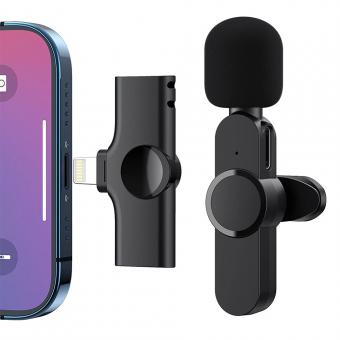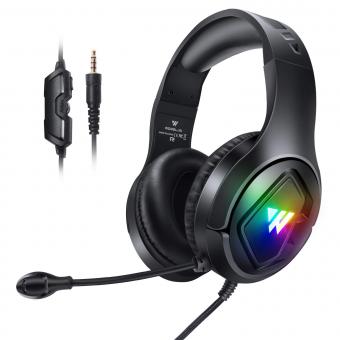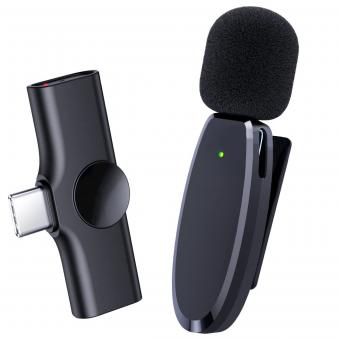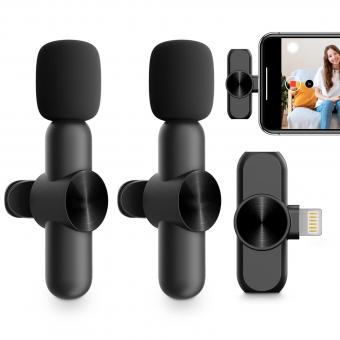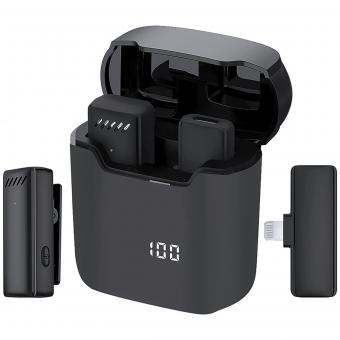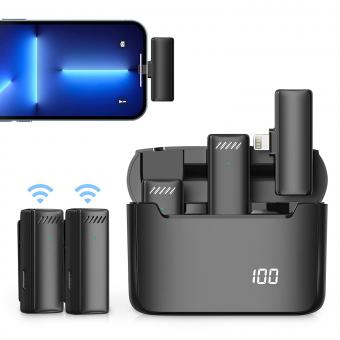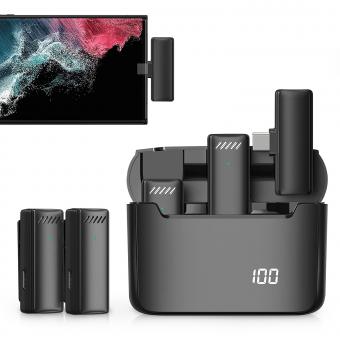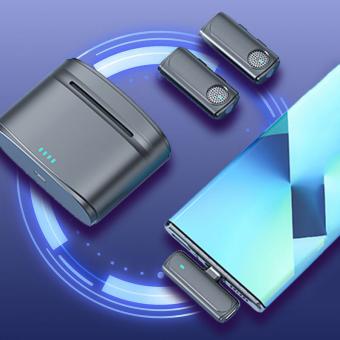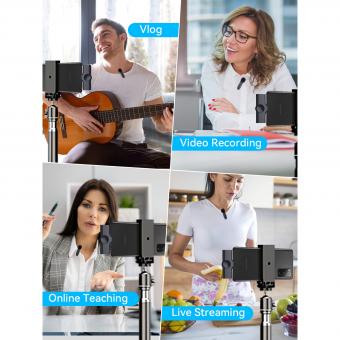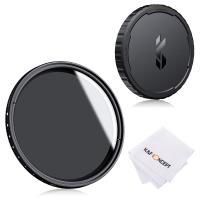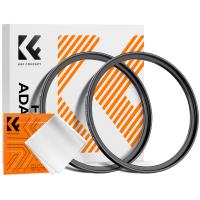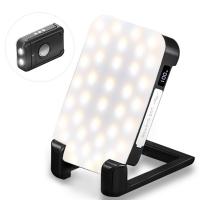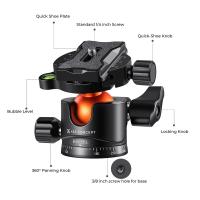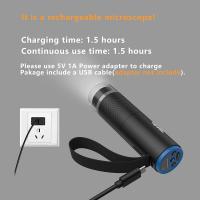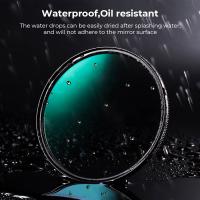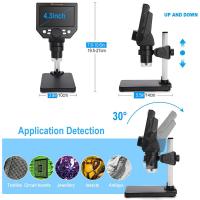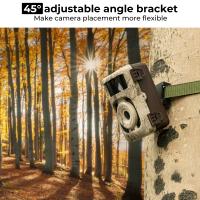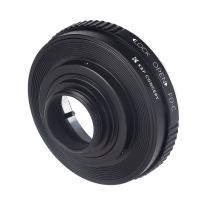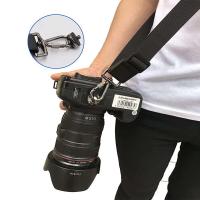What Microphone Should I Buy For Youtube ?
There are several microphones that are suitable for YouTube, depending on your budget and recording needs. Some popular options include the Blue Yeti, Rode VideoMic Pro+, Shure SM7B, and Audio-Technica AT4053B. The Blue Yeti is a versatile USB microphone that is great for beginners, while the Rode VideoMic Pro+ is a shotgun microphone that is ideal for vlogging and outdoor recording. The Shure SM7B is a dynamic microphone that is commonly used for podcasting and voiceovers, while the Audio-Technica AT4053B is a professional-grade condenser microphone that is perfect for studio recording. Ultimately, the best microphone for YouTube will depend on your specific requirements and preferences.
1、 Condenser vs Dynamic Microphones
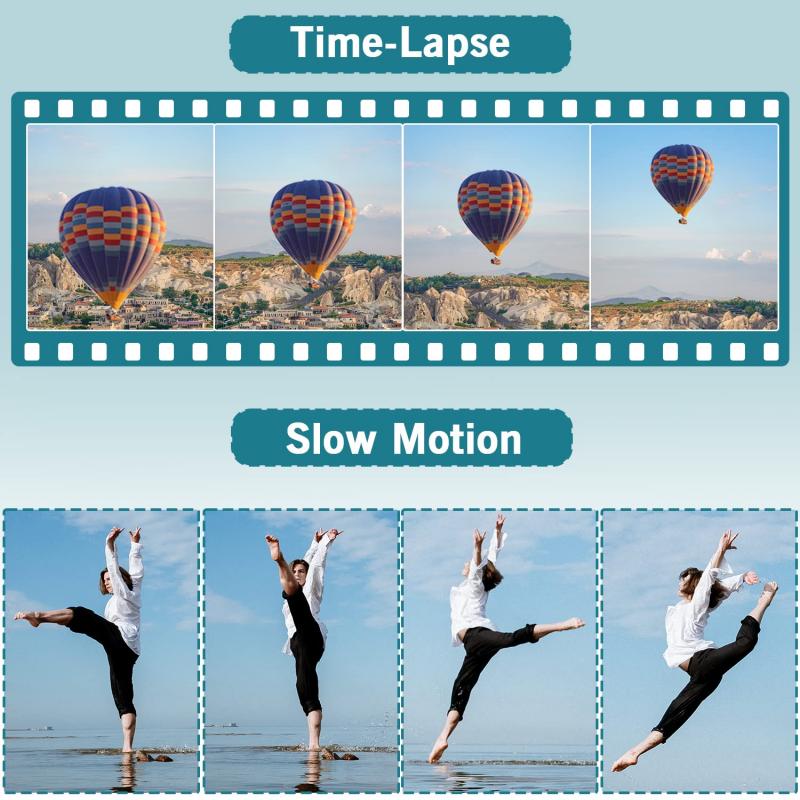
"What microphone should I buy for YouTube?" is a common question among content creators. The answer depends on your specific needs and budget. However, there are two main types of microphones to consider: condenser and dynamic.
Condenser microphones are known for their sensitivity and ability to capture a wide range of frequencies. They are ideal for recording vocals, acoustic instruments, and ambient sounds. Condenser microphones require phantom power, which can be provided by an audio interface or mixer. They are also more expensive than dynamic microphones.
On the other hand, dynamic microphones are more rugged and durable than condenser microphones. They are ideal for recording loud sounds, such as drums and electric guitars. Dynamic microphones do not require phantom power and are less expensive than condenser microphones.
In recent years, there has been a trend towards using dynamic microphones for YouTube content creation. This is because dynamic microphones are less sensitive to background noise and can provide a more natural sound. Additionally, dynamic microphones are often used in live performances, making them a popular choice for vloggers and YouTubers who want to create a more authentic experience for their viewers.
Ultimately, the microphone you choose will depend on your specific needs and budget. It's important to do your research and read reviews before making a purchase. Some popular options for YouTube content creators include the Shure SM7B, Rode NT1-A, and Audio-Technica AT2020.
2、 Directionality: Cardioid, Omnidirectional, or Bidirectional
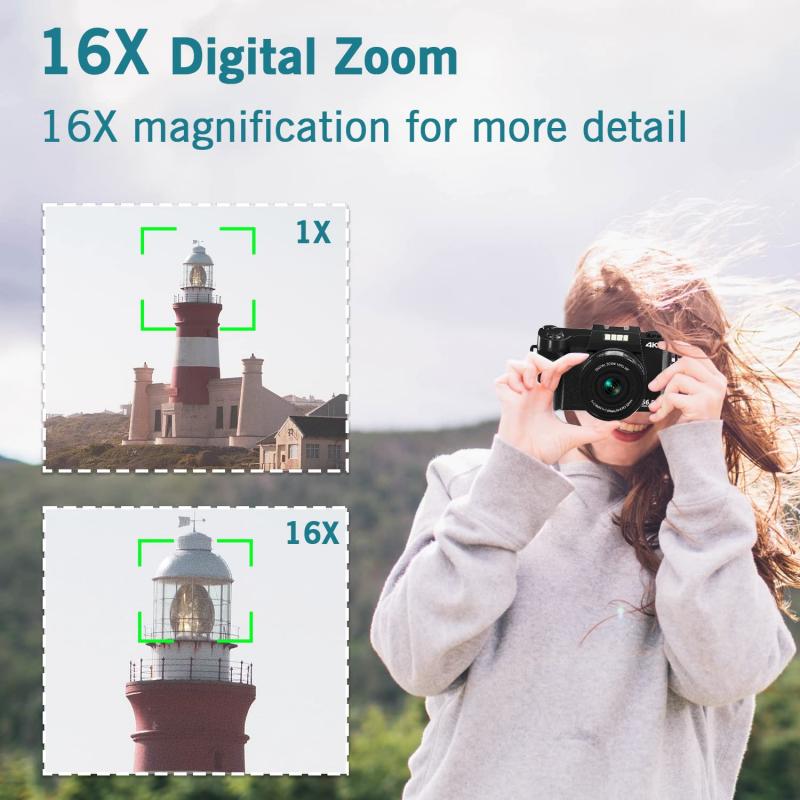
"What microphone should I buy for YouTube?" is a common question among content creators. The answer depends on several factors, including your budget, recording environment, and personal preferences. However, one crucial factor to consider is the directionality of the microphone.
Directionality refers to the microphone's ability to pick up sound from different directions. There are three main types of directionality: cardioid, omnidirectional, and bidirectional.
Cardioid microphones are the most popular choice for YouTube creators. They are designed to pick up sound from the front of the microphone while rejecting sound from the sides and rear. This makes them ideal for recording in noisy environments or when you want to isolate your voice from background noise.
Omnidirectional microphones, on the other hand, pick up sound from all directions. They are best suited for recording in quiet environments or when you want to capture ambient sounds.
Bidirectional microphones, also known as figure-eight microphones, pick up sound from the front and back of the microphone while rejecting sound from the sides. They are ideal for recording interviews or conversations between two people.
In recent years, there has been a growing trend towards using USB microphones for YouTube recording. These microphones are easy to set up and use, and they offer good sound quality at an affordable price. Some popular options include the Blue Yeti, Audio-Technica AT2020USB+, and Rode NT-USB.
Ultimately, the best microphone for YouTube depends on your specific needs and preferences. Consider your recording environment, budget, and the type of content you create before making a decision.
3、 Frequency Response and Sensitivity

"What microphone should I buy for YouTube?" is a common question among content creators. The answer to this question depends on various factors such as budget, recording environment, and personal preferences. However, two essential factors to consider when choosing a microphone for YouTube are frequency response and sensitivity.
Frequency response refers to the range of frequencies that a microphone can capture. A microphone with a flat frequency response is ideal for recording vocals as it captures the natural sound of the voice without any added coloration. On the other hand, a microphone with a boosted frequency response in the high-end range can make the voice sound brighter and more present, which can be useful for certain types of content.
Sensitivity refers to how well a microphone can pick up sound. A microphone with high sensitivity can capture even the slightest sounds, which can be useful for recording ASMR or whispering videos. However, high sensitivity can also lead to unwanted background noise, so it's essential to choose a microphone with a good signal-to-noise ratio.
In recent years, there has been a trend towards using USB microphones for YouTube content creation. USB microphones are easy to set up and use, and they offer good sound quality for their price. Some popular USB microphones for YouTube include the Blue Yeti, Audio-Technica AT2020USB+, and Rode NT-USB.
In conclusion, when choosing a microphone for YouTube, it's essential to consider factors such as frequency response and sensitivity. USB microphones are a popular choice for content creators, and there are many good options available on the market. Ultimately, the best microphone for YouTube will depend on your specific needs and preferences.
4、 Connectivity: USB vs XLR
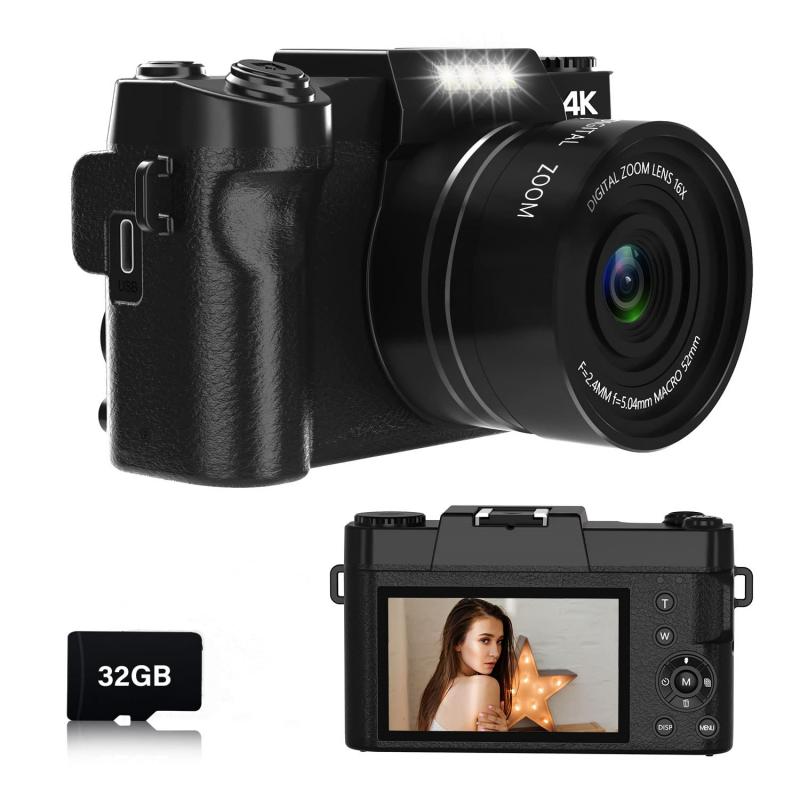
"What microphone should I buy for YouTube?" is a common question among content creators. The answer depends on various factors such as budget, recording environment, and personal preferences. However, some popular options for YouTube creators include the Blue Yeti, Rode NT-USB, and Audio-Technica AT2020USB+.
When it comes to connectivity, USB and XLR are the two main options. USB microphones are easy to set up and use, as they can be plugged directly into a computer or laptop. They are also affordable and offer decent sound quality. However, they may not be suitable for professional-level recordings and can be prone to interference from other electronic devices.
On the other hand, XLR microphones require an audio interface or mixer to connect to a computer. They offer better sound quality and are more versatile, as they can be used for live performances and studio recordings. However, they are more expensive and require more technical knowledge to set up and use.
In recent years, there has been a rise in hybrid microphones that offer both USB and XLR connectivity options. These microphones provide the best of both worlds, allowing creators to switch between USB and XLR depending on their needs.
Ultimately, the choice between USB and XLR connectivity depends on the creator's specific needs and preferences. For beginners or those on a budget, a USB microphone may be the best option. However, for those looking for professional-level recordings, an XLR microphone may be the better choice.



